Having gone quiet for a few months since lockdown, the reliably informative Exhibition on Screen series returns with a profile of Frida Kahlo, the Mexican painter who has long been venerated as a pioneer of feminist iconography as well as a champion of the country’s indigenous culture. While the series tends to use large-scale exhibitions as a cue, this film spends only brief periods inside a gallery spaces – primarily the Museo Dolores Olmedo in Mexico City, which holds significant amounts of Kahlo’s work, as well as her husband’s Diego Rivera. Instead, we get a straightforward, meat-and-potatoes overview of Kahlo’s life, peppered with copious commentary from the usual top-notch academic and curatorial talent, as well as family members.
While it’s perhaps not fair to make grandiose claims for this sober-toned film, I suspect it’s trying to somehow reclaim the artist from “Fridamania”, the surge of admiration that swept the cultural world in the 70s and 80s when Kahlo’s preoccupations – her brutal physical realities, the adoption of costume and imagery, the use of her body as a personal theatre – became fashionable, decades after her death. There’s a measured tone throughout, as well as some great photographs: Kahlo with Rivera, who always seems to look as if he’s just woken up; Kahlo’s father, whose spiffy goatee is surely the source of the shadowy facial hair Kahlo liked to paint on to herself; and Kahlo herself as a radiant teenager and twentysomething, despite the horrific bus crash that affected her from the age of 18.
Though necessarily a little light on detail, this is a film that covers the required bases, striking a good balance between Kahlo’s often dramatic personal life and the ins and outs of her artistic achievements. (A fervent case is made that Kahlo was the first artist to render menstrual blood on canvas, in her heartbreaking depiction of her miscarriage and hospital stay in Detroit, where she had accompanied Rivera on one of his mural commissions.)
There’s also an interesting sidebar on Mexican retablo painting – the votive street art that is still a traditional method of attempting to gain divine intercession – which Kahlo herself collected and which was a clear influence on her own work. All in all, a very watchable film about an ever-intriguing figure.
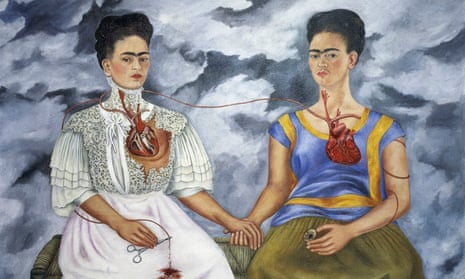


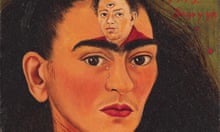
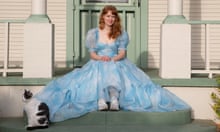


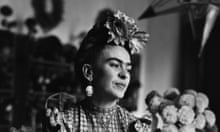
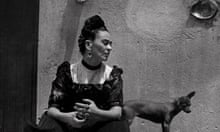
Comments (…)
Sign in or create your Guardian account to join the discussion